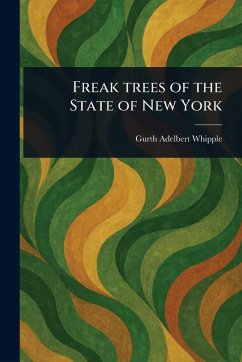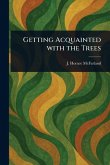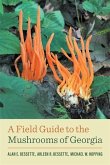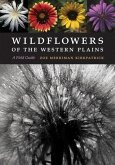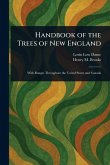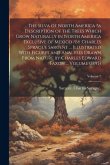Explore the arboreal oddities of the Empire State in Gurth Whipple's "Freak Trees of the State of New York," a captivating collection of nature photography. This enduring work showcases remarkable and unusual trees found throughout New York, highlighting their unique forms and natural beauty. Whipple's lens captures the essence of these botanical wonders, offering a fascinating glimpse into the plant life of the region. More than just a photography book, it serves as a visual document of environmental significance, encouraging appreciation for the natural world. Originally published years ago, this meticulously prepared print republication offers a timeless perspective on trees, photography, and New York's natural heritage. Ideal for lovers of nature photography, environmentalism, and those captivated by the extraordinary in the ordinary. A stunning visual record of New York's remarkable trees. This work has been selected by scholars as being culturally important, and is part of the knowledge base of civilization as we know it. This work is in the public domain in the United States of America, and possibly other nations. Within the United States, you may freely copy and distribute this work, as no entity (individual or corporate) has a copyright on the body of the work. Scholars believe, and we concur, that this work is important enough to be preserved, reproduced, and made generally available to the public. We appreciate your support of the preservation process, and thank you for being an important part of keeping this knowledge alive and relevant.
Bitte wählen Sie Ihr Anliegen aus.
Rechnungen
Retourenschein anfordern
Bestellstatus
Storno

